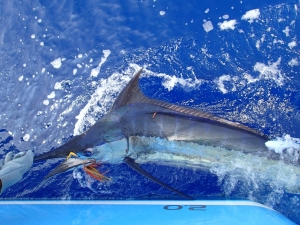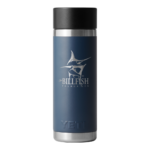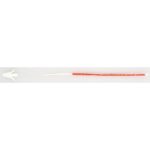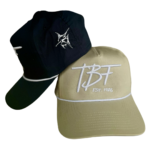
Traditional tagging of billfish for science produce very valuable data, especially with TBF’s and the National Marine Fisheries Service’s (NMFS) tagging databases spanning decades. In turn, the data helps support some management strategies that can help recreational fishing.
The large databases reflect the contributions over decades of anglers, captains and crews, who deployed tags and reported their release data and data for a recaptured tagged billfish. A majority of what is known about billfish stems from the traditional tagging data resources. So supporting the billfish tagging program should be a priority for NMFS, NOT SO.
The NMFS, Southwest Fisheries Science Center (SWFSC) in California issued a notice that their Cooperative Billfish Tagging Program (CBTP), established in 1963, has stopped distributing tags and their International Billfish Angler Survey or Billfish Newsletter. Although if an angler catches a fish tagged with one of the Center’s tags, that data will be accepted and entered by the SWFSC into their database.
This is another example of the low priority the NMFS places on billfish, billfishing and recreational fishing. NMFS also fails to hire billfish scientists, government billfish failures highlight the importance of TBF for billfish and your billfishing.
Since 1990, 270,000 billfish tags, releases and recaptures have been entered into TBF’s database from anglers all over the world. The data is valuable for science, and thus, billfish management, thus your billfishing experience. The angler data associated with each submission also sheds light on demographics and socio-economic benefits associated with billfishing. You can order TBF tags at TBF’s online shop. To learn about our tagging program click here.






